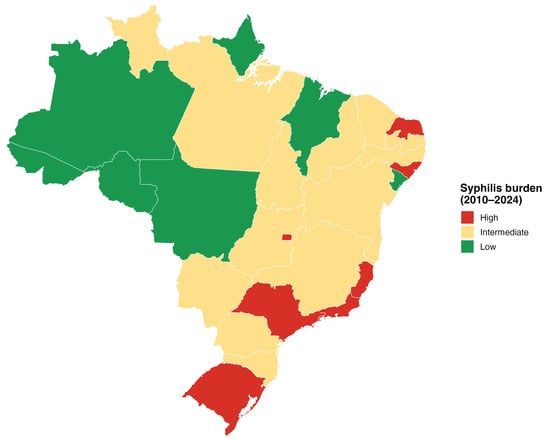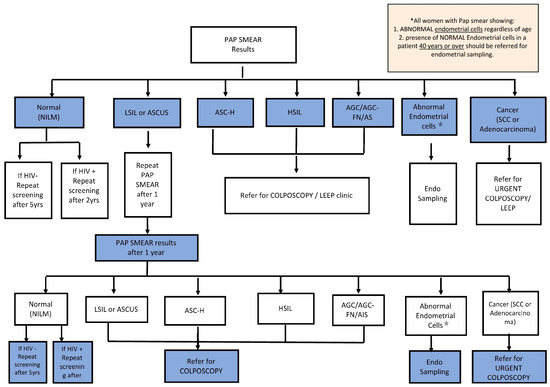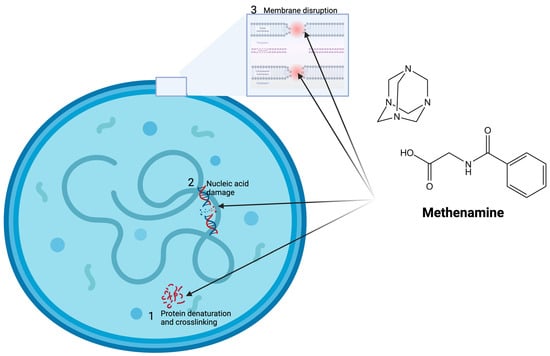- Article
Syphilis Burden and Aneurysm Correction Outcomes in Brazil (2010–2024): Regional Disparities and Economic Impacts
- Gabriel Kaleb Martins,
- Sophia Cyane Souza Carvalho and
- Maria Eduarda Dantas Reis
- + 4 authors
Background: Syphilis, a major sexually transmitted infection, may contribute to cardiovascular complications, impacting hospital outcomes and costs. This study evaluates the association between syphilis burden and hospitalization outcomes (cost, length of stay, and aneurysm mortality) across Brazilian regions from 2010 to 2024. Methods: Using Brazil’s national healthcare database (n = 405 state-year observations), we classified states by syphilis burden (high, low, intermediate) based on hospitalization rates. Outcomes included average hospitalization cost (R$), length of stay (days), and aneurysm mortality rate (per 100,000). Descriptive statistics, non-parametric tests, ANCOVA models adjusted for hospital complexity and year, and sensitivity analyses (alternative thresholds, outlier removal) were conducted. Regional trends and economic impacts were assessed. Results: High syphilis burden was associated with shorter hospital stays (β = 2.11, p = 0.0008, Cohen’s d = −0.484, power = 0.937) but not with cost (β = 37.6, p = 0.758) or mortality (β = −0.077, p = 0.951). Syphilis incidence correlated moderately with hospitalizations (r = 0.422) but not with aneurysm mortality (Spearman ρ = −0.065, p = 0.193). Total costs (2010–2024) were R$17.7 M (high burden), R$1.9 M (low), and R$12.0 M (intermediate). Regional analyses revealed significant interactions in Nordeste and Norte for length of stay (p = 0.013–0.033). Sensitivity analyses confirmed robustness (Adjusted R2 = 0.049–0.273). Conclusion: High syphilis burden is linked, ecologically, to reduced hospital stays, potentially reflecting fewer complex cases, with substantial economic costs. Regional disparities highlight the need for targeted STI prevention. These findings inform health policy to mitigate syphilis-related hospital burdens in Brazil.
10 December 2025





